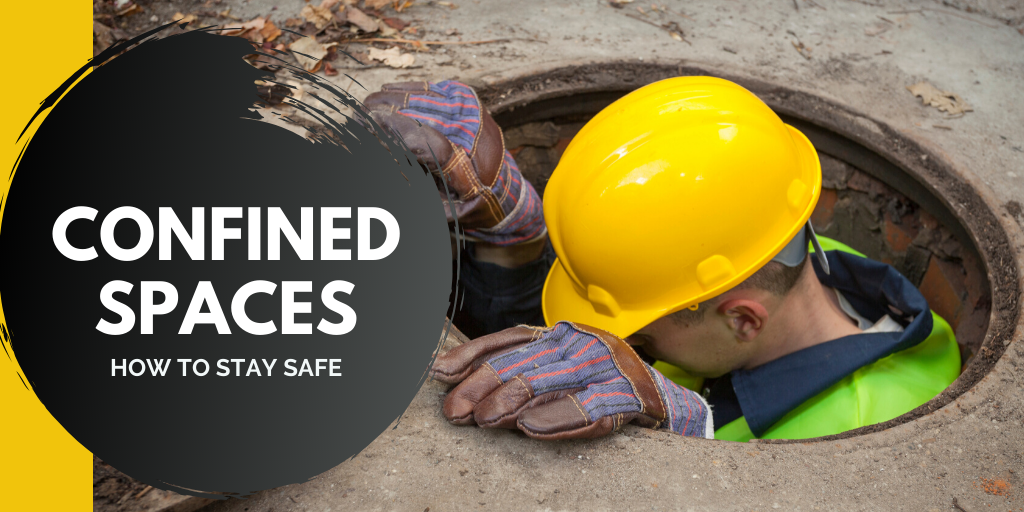As COVID – 19 is seeing many of us working remotely, and social distancing rules have us spending more time at home, you might be starting to feel a little confined. Although this type of confinement comes with its own challenges and possible safety issues, it is not what is meant by working in a confined space.
What is a Confined Space?
The Department of Mines, Industry, Regulation and Safety (DMIRS) defines a confined space as “an enclosed or partially enclosed space which is not intended or designed primarily as a work place, is at atmospheric pressure during occupancy and has a restricted means for entry and exit” (Department of Mines, Industry Regulation and Safety 2014).
A confined space is not defined by its size but rather the hazards associated with a set of specific circumstances, and not just because the work is performed in a small space. These hazards are:
- the physical characteristic of the space;
- inherent hazards associated with the space; and
- the type of work being conducted inside or around the space.
Entry into a confined space means a person’s head or upper body is in the confined space or within the boundary of the confined space (Safe Work Australia 2018). In accordance with regulation 3.85 of the WA Occupational Safety and Health Regulations 1996, any work carried out in confined spaces must comply with Australian Standard AS2865.
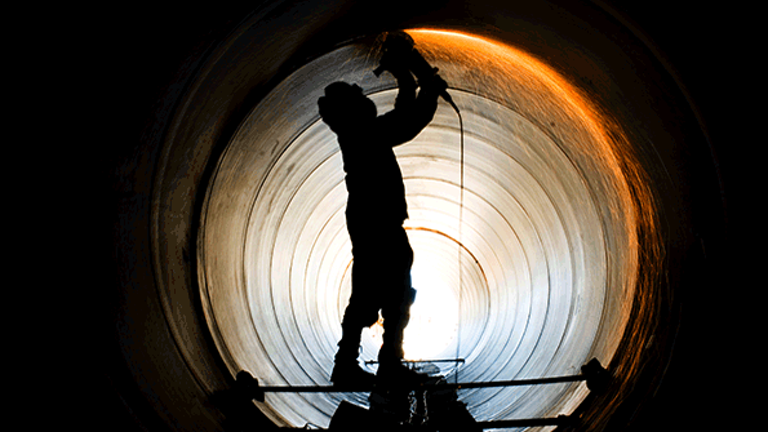
Confined Spaces Safety
So it is easy to see why confined spaces are dangerous, but what safety mechanisms are in place to keep you safe and what can you do to protect yourself?
Safe Work Australia provides procedures, codes of practice and general information on how to keep workers safe while working in a confined space. These procedures include (Australia 2019):
- Ensuring the confined space is clean and well ventilated.
- Being trained and informed on safety procedures that must be followed.
- Having a standby-person outside the confined space to communicate with the person in the confined space and to initiate emergency procedures if required.
- Having the correct PPE and other safety, rescue and first aid equipment.
- Having a safety harness and safety lines if there is a danger of falling, or for rescue purposes.
- Displaying clear signage to show entry is only permitted after signing onto a permit.
To work in a confined space a permit is required. The permit is a formal check to ensure the job will be safe and that all safety systems are in place prior to entering the confined space. A confined space permit must specify the confined space being entered, the names personnel allowed to enter the confined space, the time period in which work is being carried out, and identify the hazards and control measures.
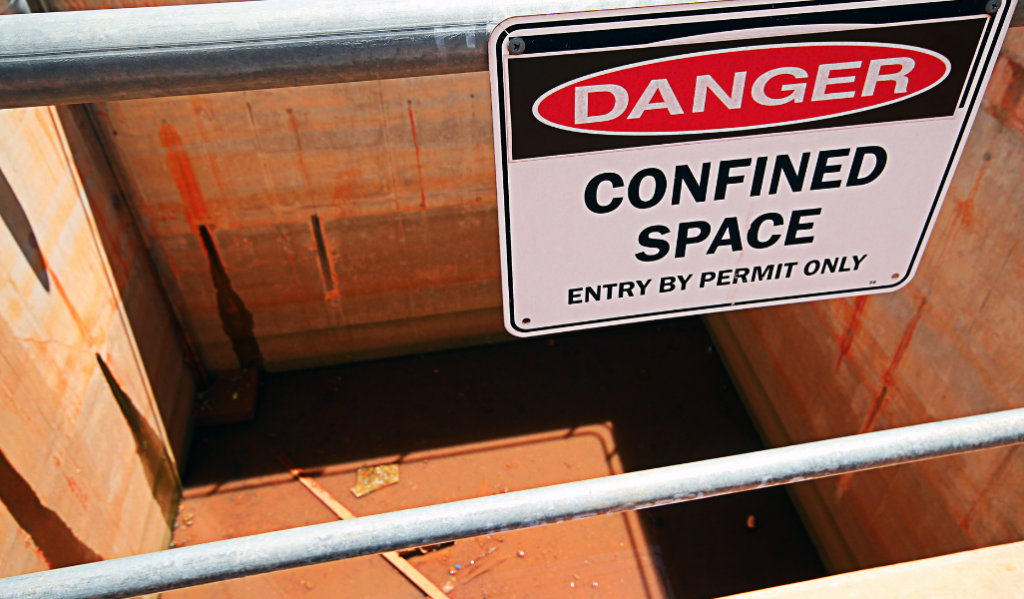
Confined Spaces Hazards
Although working in confined spaces requires training and strict safety procedures, fatalities still occur. The majority of the fatalities in confined spaces are due to known hazards and can ultimately be avoided with correct training and avoiding complacency. The top hazards associated with confined spaces are outlined in the Safe Work Australia Confined Spaces, model code of practice (Safe Work Australia 2018), these include but are not limited to:
- Harmful airborne contaminants – these airborne contaminants can be existing toxic substances or can come from the work being conducted in the confined space such as painting, welding or exhaust vapours, they can even be from the accumulation of gases and liquids from adjacent plant or processes.
- Unsafe oxygen levels – unsafe oxygen levels can be from either too little or too much oxygen in a confined space.
- Fire and Explosion – A fire or explosion requires the presence of three elements, an ignition, air and a fuel. If an ignition source, such as a sparking electrical tool or static on a person, is introduced into a space containing a flammable atmosphere, an explosion is likely to result.
- Engulfment – Engulfment is the means in which asphyxiation may occur, to be immersed by a material. Examples of such materials are grain, coal, fly ash, liquids, fertiliser or sewage.
Other hazards that are present in but not restricted to confined space work include biological, mechanical, electrical, noise, manual tasks, radiation, environmental hazards and physiological and psychological demands.
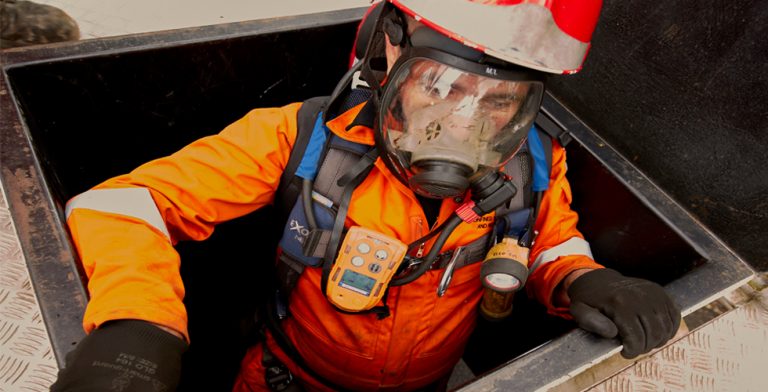
Confined spaces come in all different shapes and sizes and can be found in nearly every kind of industry. They may include vast, silos, sewers, trucks, boilers, storage bins and even trenches and ditches. Each situation comes with their own set of hazards, each of which needs to be assessed before and periodically reassessed during the day and before work commences each day.
The Health and Safety Regulations require duty holders to work through the hierarchy of control measures when managing these hazards (Safe Work Australia 2018). It is everybody’s responsibility, employers and employees, to be safe when working in a confined space, keeping to the regulations and guidelines are not always enough. Staying alert and continually assessing the hazards of the job, and ensure that everybody follows the procedures and practices put in place, are key to staying safe.
If you or your business have any concerns or would like more information on how to stay safe while working in confined spaces, please give the team at Integrate Sustainability a call, we are all still available during this uncertain time. Contact us on 08 9468 0338 or enquiries@integratesustainability.com.au if we can assist in any way on this matter or any others.
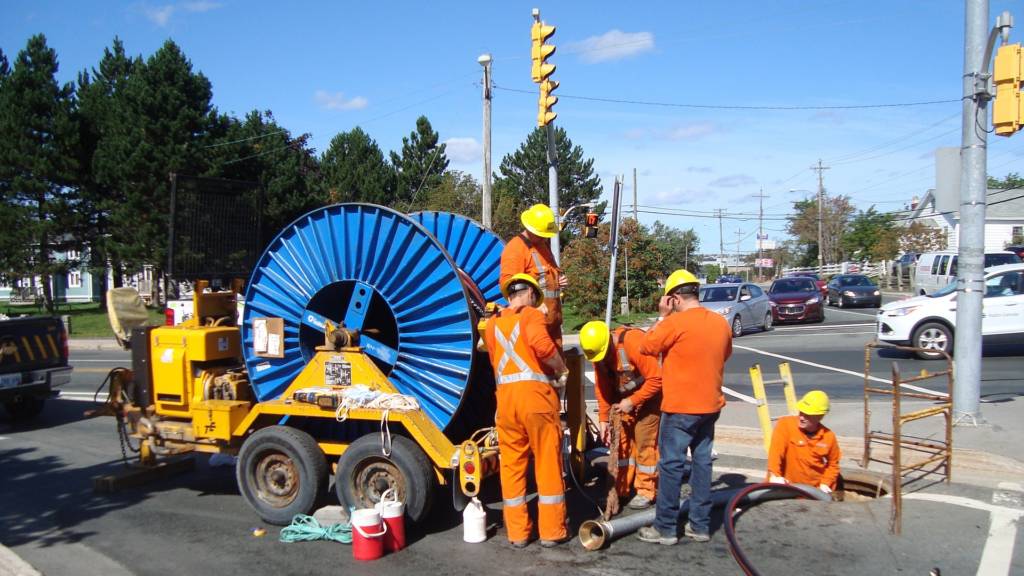
References
Australia, Safe Work. 2019. Confined Spaces. July. Accessed April 2020. https://www.safeworkaustralia.gov.au/confined.
Department of Mines, Industry Regulation and Safety. 2014. Department of Mines, Industry Regulation and Safety – Confined Spaces. 5. Accessed 3 2020. https://www.commerce.wa.gov.au/worksafe/confined-spaces-0.
Safe Work Australia. 2018. “Confined Spaces – Code of Practice.” Confined Spaces – Code of Practice. Commonweath Government, October.
![]() Images
Images
Smith, Sandy. 2017. Confined Spaces. June. Accessed April 2020.
Confined Space Sign Image
https://www.staysafetraining.com.au/confined-spaces
Breathing Aparatus

